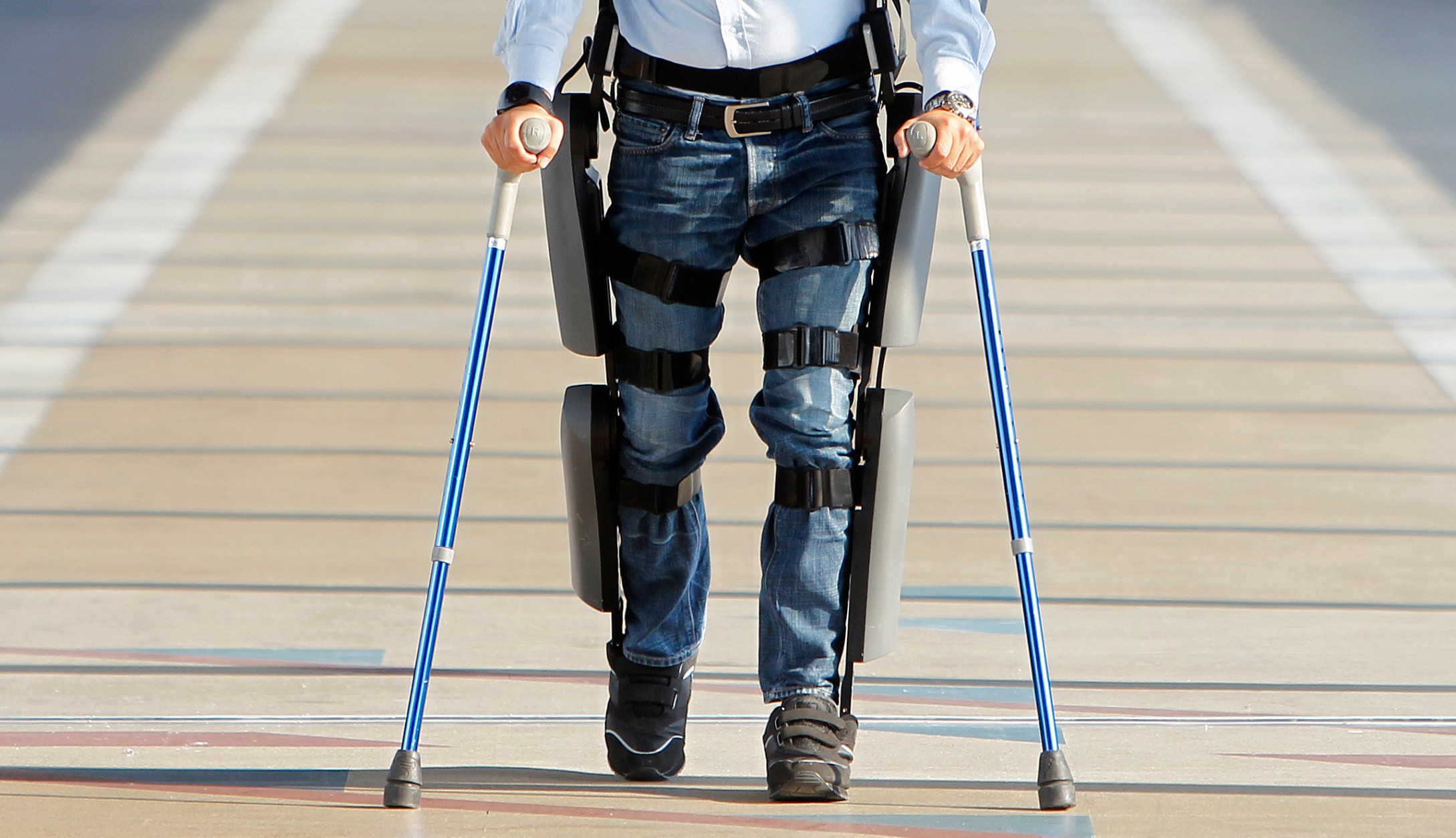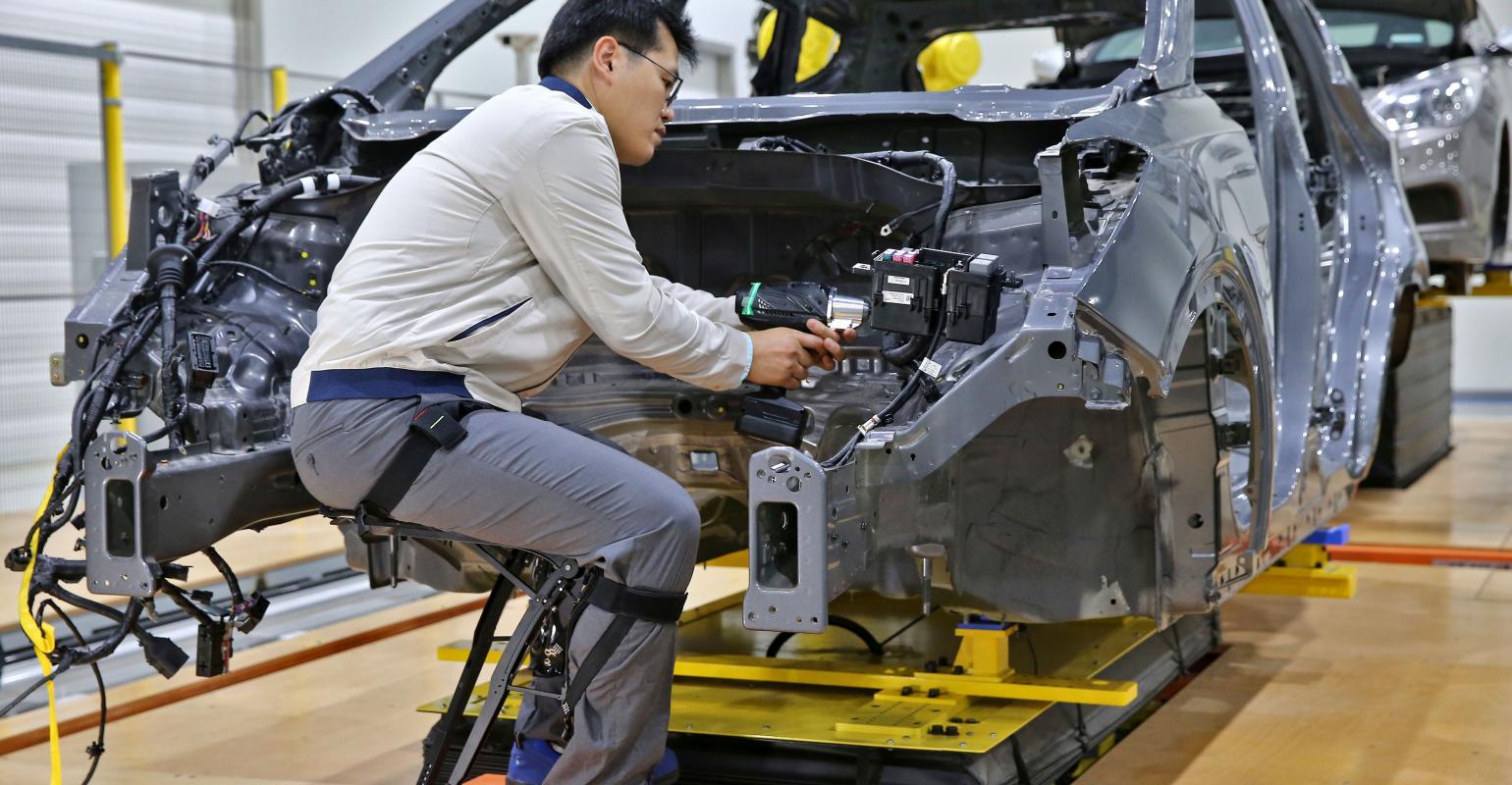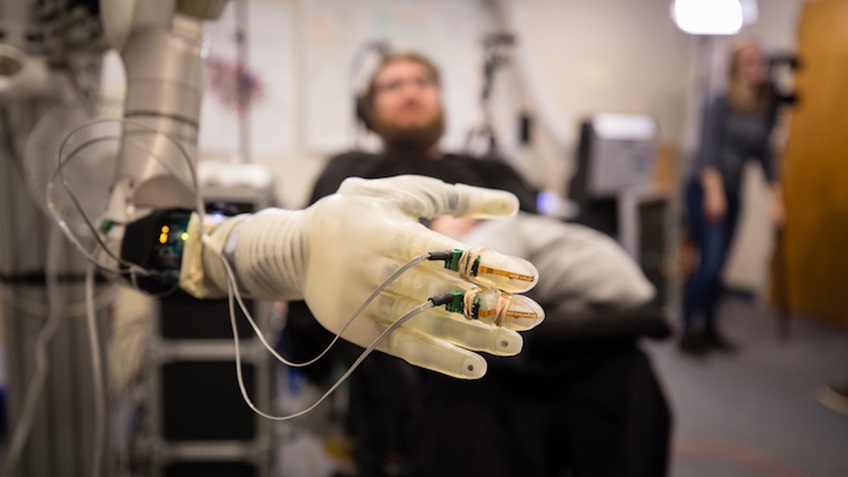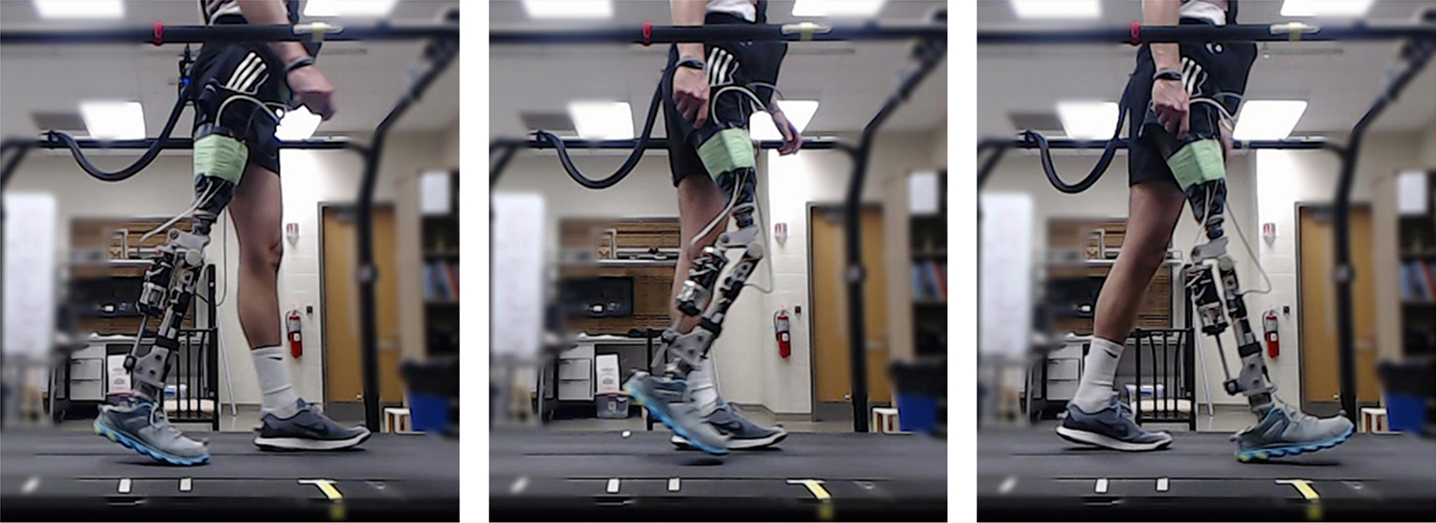The Synergy of Man and Machine: Improving Humans with Wearable Robotics

The sci-fi inspired cyborg is almost the opposite of the direction that today's technology is moving. Wearable robotics don't replace human elements, they enhance. The wearable robotics ideal is systems that fit comfortably under clothes and provide the needed support to reduce physical strain for the wearer. The applications for this technology are endless, and some examples are in use today.
Wearable Robotics Bring Robotic Systems to the Human Body
When talking about humans plus robots, the two areas that generate the most excitement are prosthetics and exoskeletons. While robotics is behind everything from manufacturing to surgical procedures, most of those applications do not interface directly with the human body. Manufacturing robotics is often fully automated, while in health use cases, a surgeon uses robots like any other tool in the box.

Prosthetics and exoskeletons work directly with the wearer to accomplish a task. Mobility is the single most significant use case for new robotic wearables.
Robotic Prosthetics: From Brain-controlled Motion to AI Algorithms
A joint project between UChicago and the University of Pittsburgh Medical Center recently showed the fantastic advances in robotic prosthetics. This team has developed a robotic hand that uses a brain-computer interface (BCI). Sensors implanted in the brain translate natural motor controls to the prosthetic, returning motion, fine motor control, and even a sense of touch, to users missing the robotic replicated limb.

The Johns Hopkins Applied Physics Lab has started a similar project, with a brain-controlled prosthetic that is now in live trials. An upper arm-amputee, Johnny Matheny, is currently testing the robotic prosthetic in a real-world setting.
Researchers at the University of North Carolina have worked with amputees to build an AI-powered prosthetic that reduces the tuning time on robotic limbs from hours to minutes. The AI uses reinforcement learning, a type of trial and error, to automate the adjustment process, so users can start walking on level ground almost immediately.

Exoskeletons transform into exo-muscles
The idea of the exoskeleton might work well in a combat situation, where a big, bulky metal suit protects soldiers, but they have very little application in a civilian world. They are also expensive to manufacture and of limited utility, even on the battlefield. Conversely, exo-muscles and tendons work alongside the human body, providing just the right assistance at the right time. The BIOMOT project is one leader in this industry, using personalized computational models to control the wearable robotic suit.
SRI's SuperFlex is another take on the slimmed down exoskeleton -- this one designed for soldiers. The SuperFlex is not a bulky armored suit. Instead, this is a slim, assistive technology designed to fit under a uniform and body armor. It aims to help reduce the physical strain from carrying heavy loads for long trips over uncertain terrain. A soldier might carry as much as 100 pounds of gear, and this tech aims to make that feel like only 50.
Soldiers consistently suffer from minor, and sometimes major, injuries due to foot travel. Any hiker can tell you the value in reducing pack size while maneuvering, and soldiers face even more pressure. The SuperFlex looks like a few knobs and straps, but when on, it adds just a little pull and push. By reducing strain on joints, the SuperFlex reduces the total amount of energy needed to travel, burdened, or unburdened.
Consumer applications are coming
Many wearable robotics developers focus on making the most of human capability without the need for surgery or assisting those with severe mobility challenges, but many of these solutions could also impact everyday consumers. Any laboring job could benefit from the addition of a SuperFlex helper, while a brain-controlled robotic arm would be useful in an industry where there is a danger to workers. Of course, few employees would consent to brain surgery for the job, but sleeker and less expensive exoskeletons could be a winner on the market. From hikers climbing a steep hill to moms and dads loaded down with overtired toddlers, a little help could go a long way.
Picture Credit:
https://asunow.asu.edu/20190118-reinforcement-learning-steps-robotic-prosthetics-forward
https://www.uchicagomedicine.org/-/media/images/ucmc/content-hub-shared/universal-image/pitt_upmc_braincomputerinterface_universal.jpg?w=848&hash=8BD14CE435A9E8C3B6A4743F76031E4A296D18C9
https://www.wardsauto.com/technology/hyundai-kia-outfit-workers-wearable-robots
http://fortune.com/2014/08/27/exoskeletons-wearable-robotics/
Source List:
https://www.ieee-ras.org/wearable-robotics
https://phys.org/news/2016-10-wearable-robots-usher-mobility-therapies.html
https://www.vox.com/2014/4/9/11625390/we-have-the-technology-sri-wearable-robots-make-soldiers-better
https://www.govtech.com/products/Are-Wearable-Robots-the-Future-of-Manufacturing.html
https://www.uchicagomedicine.org/forefront/neurosciences-articles/2018/october/neuroscience-researchers-receive-grant-to-develop-brain-controlled-prosthetic-limbs
https://spectrum.ieee.org/the-human-os/biomedical/bionics/ai-helps-humans-walk-on-robot-prosthetic-knee
https://futurism.com/mind-controlled-robotic-arm-johnny-matheny
Thanks for helping to keep our community civil!
This post is an advertisement, or vandalism. It is not useful or relevant to the current topic.
You flagged this as spam. Undo flag.Flag Post


